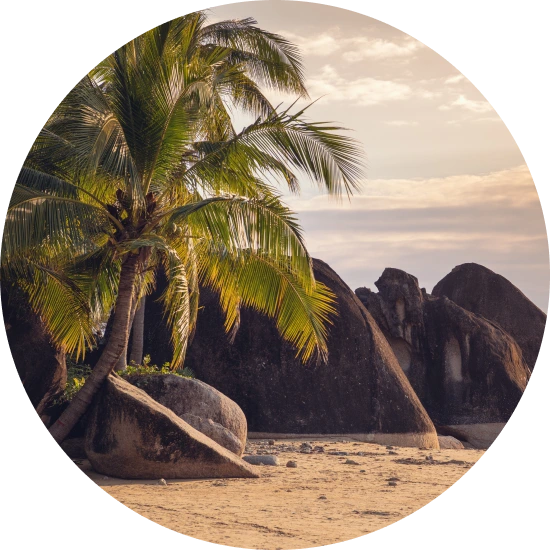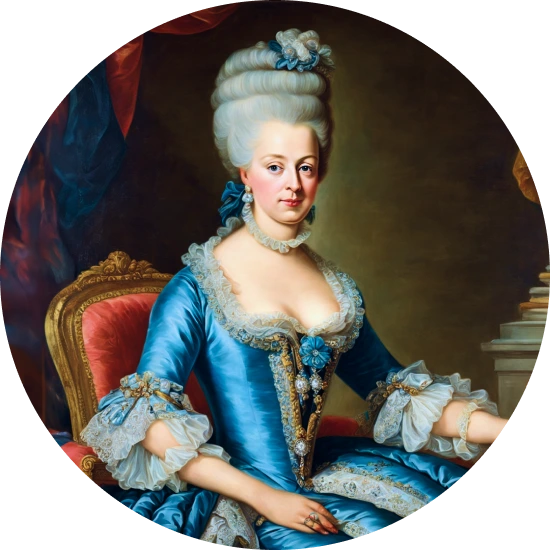Analyzing the ethnicity of those carrying the surname "Marie," as per the Decennial U.S. Census, reveals interesting shifts between 2000 and 2010. The proportion of Asian/Pacific Islander identity recorded a marked rise, jumping from 0.58% to 1.39%, a 139.66% increase. Those identifying as Hispanic increased from 9.06% to 11.74%, a rise of 29.58%. However, there were drops among some groups. The White demographic saw a slight decrease from 74.15% to 72.33%, a -2.45% change. Individuals identifying as Black decreased from 12.90% to 11.59%, a -10.16% change. Lastly, those of Two or more races dropped from 2.51% to 2.10%, a decline of -16.33%. American Indian and Alaskan Native identities remained relatively stable, increasing slightly from 0.79% to 0.85%, which presents a 7.59% change.
| 2000 | 2010 | Change | |
|---|---|---|---|
| White | 74.15% | 72.33% | -2.45% |
| Hispanic | 9.06% | 11.74% | 29.58% |
| Black | 12.9% | 11.59% | -10.16% |
| Two or More Races | 2.51% | 2.1% | -16.33% |
| Asian/Pacific Islander | 0.58% | 1.39% | 139.66% |
| American Indian and Alaskan Native | 0.79% | 0.85% | 7.59% |
NomOrigine computes an ancestry breakdown for each customer. People may have ancestry from just one population or they may have ancestry from several populations. The most commonly-observed ancestry found in people with the surname Marie is British & Irish, which comprises 33.8% of all ancestry found in people with the surname. The next two most common ancestries are French & German (24.1%) and Spanish & Portuguese (8.1%). Additional ancestries include Italian, Eastern European, Indigenous American, Scandinavian, and Nigerian.
Ready to learn more about your ancestry? Get the most comprehensive ancestry breakdown on the market by taking our DNA test.
| ANCESTRY BREAKDOWN | COMPOSITION |
|---|---|
| British & Irish | 33.8% |
| French & German | 24.1% |
| Spanish & Portuguese | 8.1% |
| Other | 34.0% |

One of the many populations harboring members of haplogroup O1b1a1a1a1 is the Cham ethnic group, a group of people who speak Austronesian languages in Mainland Southeast Asia. Austronesian languages make up a language family that is extremely large and widespread, comprising over 350 million people on islands such as Madagascar, Easter Island, and many others. However, Austronesian languages are less common on mainland Asia, with a notable exception being the Chamic language. Research suggests that ancestors of the Cham people migrated from Southeast Asian islands to the mainland around the year 500 BCE, and that early Cham populations quickly began mixing with indigenous southern Vietnamese populations. As a result, the Chamic language now has words that were borrowed from languages spoken by indigenous Vietnamese people. It is likely that an ancestral Kinh population was one of the populations that mixed with the Cham people shortly after their migration to mainland Asia.
Because it is so dominant in the general European population, haplogroup H also appears quite frequently in the continent's royal houses. Marie Antoinette, an Austrian Hapsburg who married into the French royal family, inherited the haplogroup from her maternal ancestors. So did Prince Philip, Duke of Edinburgh, whose recorded genealogy traces his female line to Bavaria. Scientists also discovered that famed 16th century astronomer Nicolaus Copernicus traced his maternal lineages to haplogroup H.

Chargement de la carte...
Enter the surname you are looking for below:
The surname "Mar Bilal" is of Arabic origin. It is derived from the given name "Bilal," which is a common name in the Arabic-speaking world. "Mar" is likely a component that indica...
The surname "Mar din" is of Spanish origin. It is derived from the word "mar," meaning "sea" or "ocean," indicating a possible connection to a coastal or maritime location.
The last name "Margul" originates from a combination of the Yiddish words "mar" meaning "bitter" and "gul" meaning "rose". It is likely of Ashkenazi Jewish descent.
The surname Mara, like many surnames, has multiple possible origins depending on the specific geographical region and historical context. 1. In some cases, it may be derived from ...
The last name "Wilson" is of English origin. It is derived from the given name William, which means "resolute protector" or "helmeted warrior."
The surname Mara Llanes is of Spanish origin. It is a combination of the maternal surname "Mara" and the paternal surname "Llanes." The surname "Mara" may be derived from the Hebre...
The surname Marabail is of French origin. It is likely derived from the Old French word "mar(e)bail," which means "beautiful sea" or "beautiful bay."
The last name Marachalil is of Indian origin, specifically from the south Indian state of Kerala.
The last name Marachi is of Italian origin. It is derived from the personal name "Maria" which is a variant of the Latin name "Maria" meaning "bitter" or "beloved". It is a common ...
The last name Marachly appears to have an Eastern European origin, particularly from regions such as Russia, Ukraine, or Poland. It is likely derived from a geographical location o...
The surname Maracine is of Slavic origin, specifically from Eastern Europe. It is derived from various Slavic given names such as Marian, Marin, or Markian, which have roots in the...
The last name Marackar is of Indian origin, specifically from the southern state of Kerala. It is believed to be a surname used by the Nair community, which is a prominent Hindu ca...
The last name "Marad Khokhr" appears to be of Armenian origin. The name "Marad" likely comes from the Armenian word for "stable" or "steadfast," while "Khokhr" may be a variation o...
The last name "Maradona" originates from Italy. It is an Italian surname, derived from the personal name "Maradona," which itself is a variant of "Maradanius," an ancient Roman cog...
The surname "Maraghni" appears to be Arabic or Berber. It may originate in Tunisia, Algeria or other Maghreb countries. Unfortunately, it is not possible to provide precise meaning...